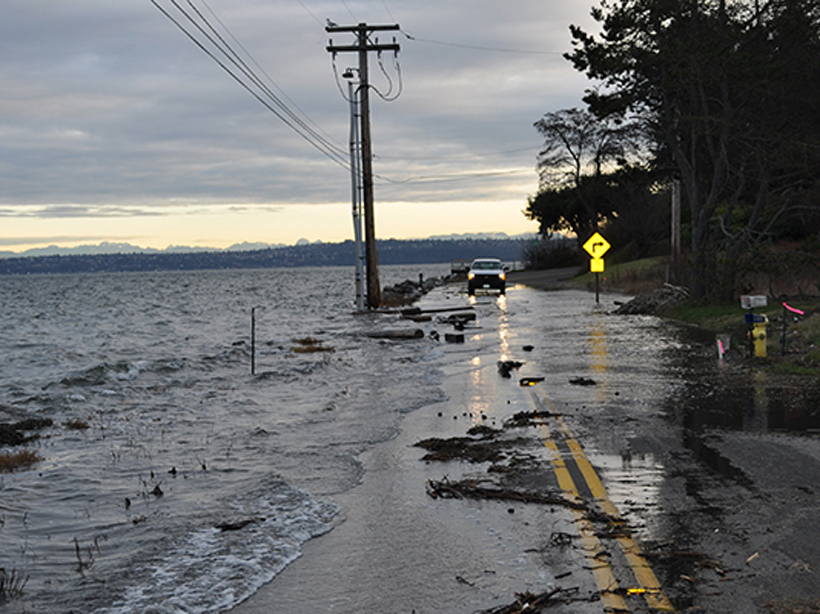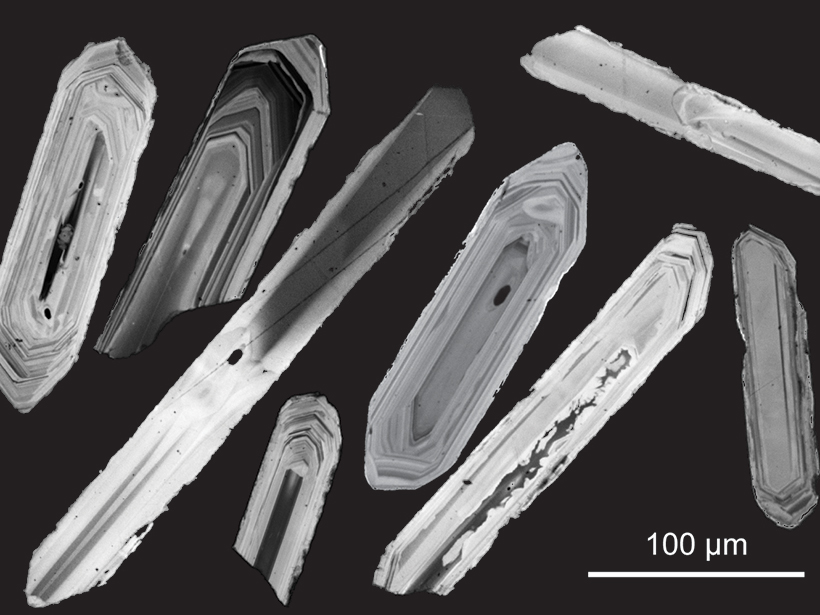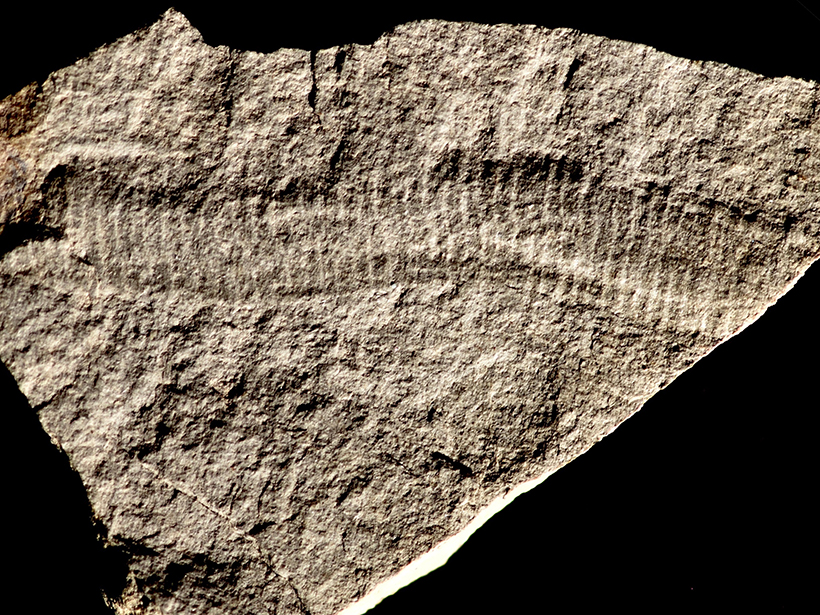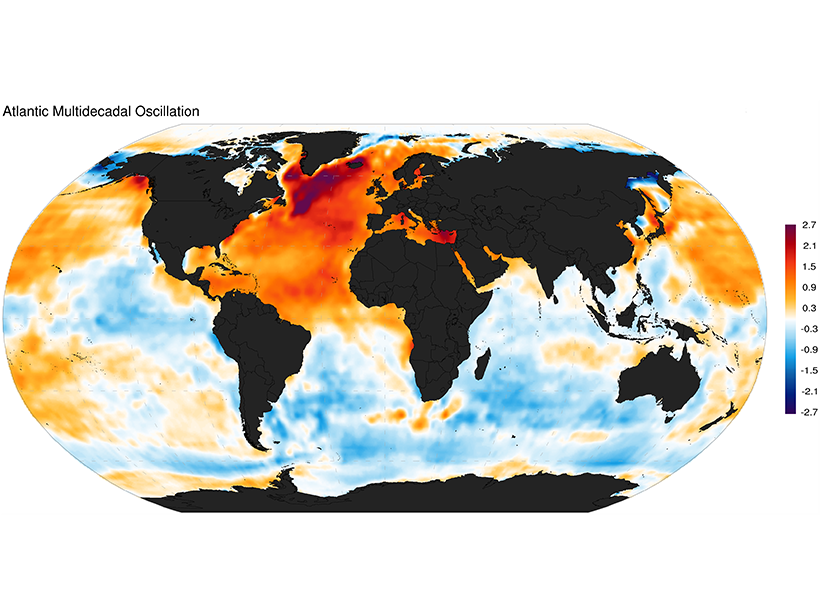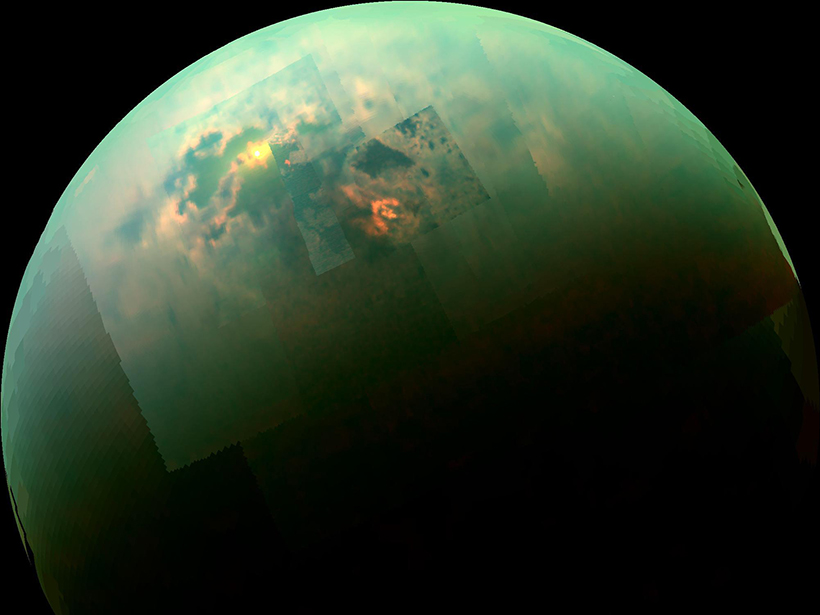One of the world’s largest carbon sinks is still poorly understood.
unsolved mysteries
Erasing a Billion Years of Geologic Time Across the Globe
The Great Unconformity—a huge time gap in the rock record—may have been triggered by the uplift of an ancient supercontinent, say researchers using a novel method for dating rocks.
Reckoning with Climate’s Most Challenging Questions
Climate researchers outline a vision for the future of climate observations.
Accounting for the Missing Silica in the Marine Sediment Cycle
Cosmogenic silicon-based estimates of the amount of biogenic silica stored in clays along continental margins could explain the large discrepancy in the nutrient’s global marine budget.
Modern Chemicals from Mystery Source Taint Fish in Utah Lake
Utah Lake’s fish contain high levels of a potential carcinogen. Could removing some bottom-feeders reduce this contamination?
Resolving a Mystery of the Ages
High-precision radiometric dates shed new light on the puzzling 600,000-year disparity in the timing of one of Earth’s most pivotal timescale boundaries.
Mystery Quakes May Be Among World’s Longest-Lived Aftershocks
New evidence about where a major earthquake struck central Washington State 145 years ago raises the possibility that today’s unusually frequent quakes in the area still echo that 1872 event.
Hunting Rare Fossils of the Ediacaran
The search for fossil imprints and casts of squishy organisms takes time, perseverance, and sometimes a sprinkle of luck.
Ocean Dynamics May Drive North Atlantic Temperature Anomalies
A new analysis of sea surface temperature and salinity over several decades seeks to settle the debate on which of two mechanisms underlies the Atlantic Multidecadal Oscillation.
VIDEO: The Weird, Wonderful Science Behind Titan’s Atmosphere
Scientists are baffled by a spacecraft’s detection of large molecules in a moon’s atmosphere.



